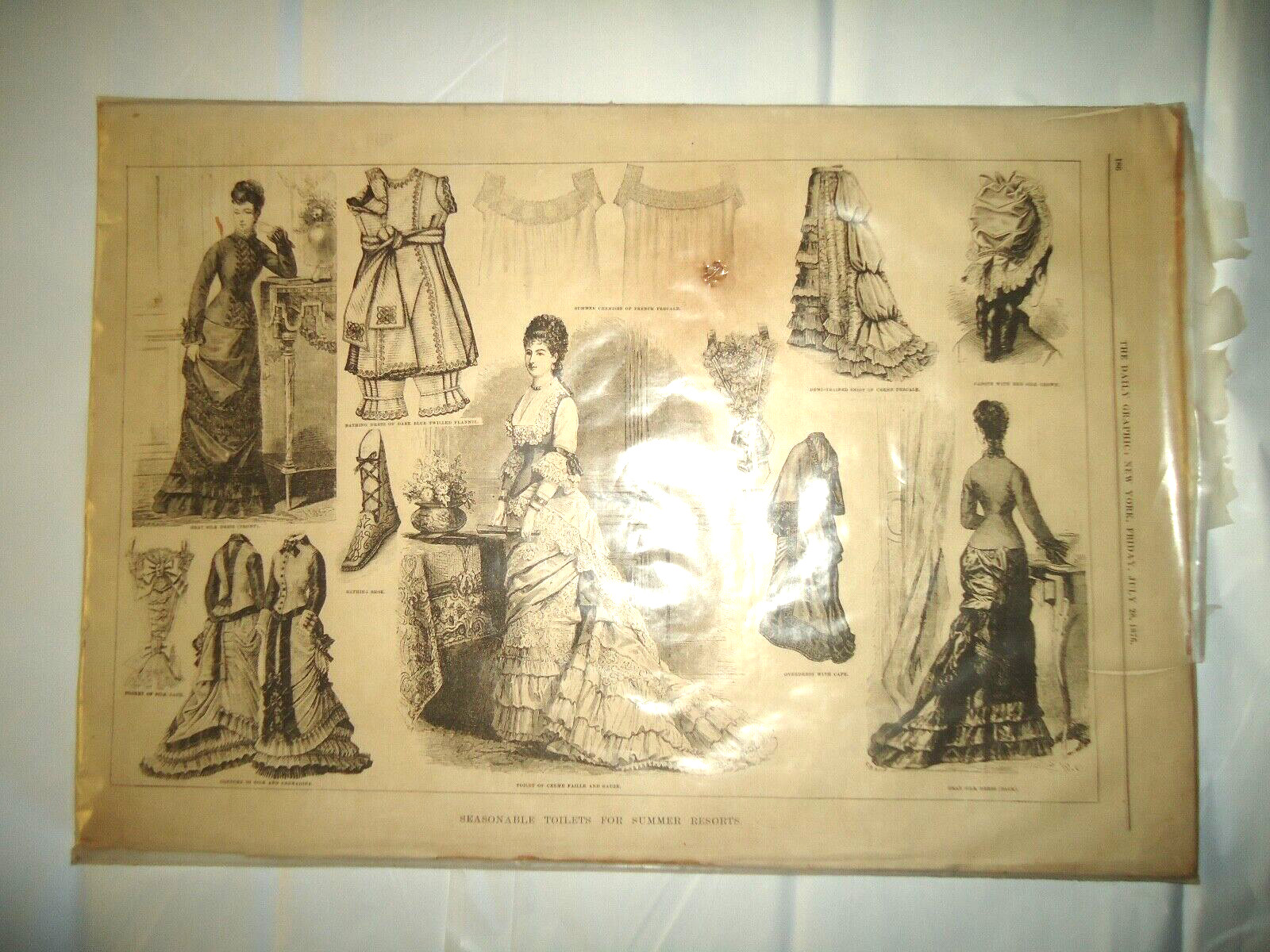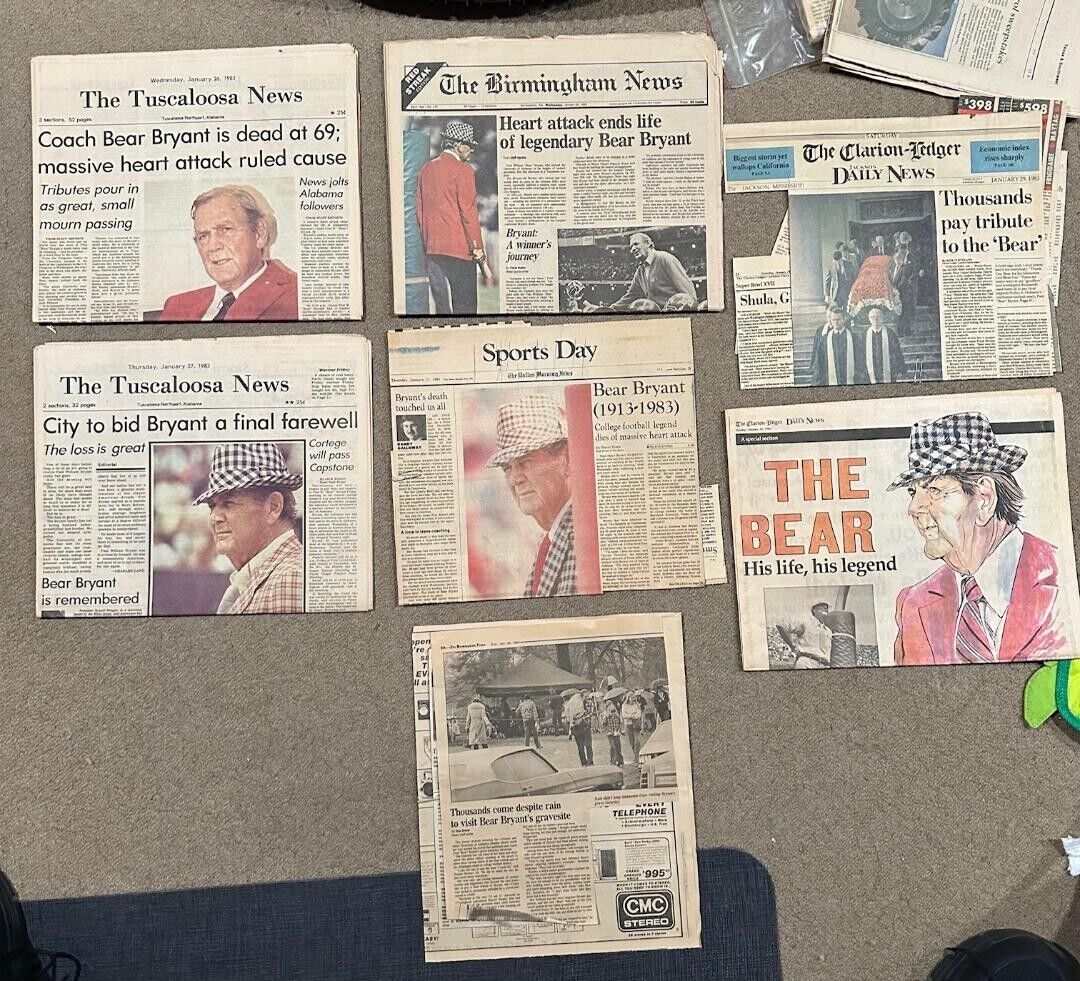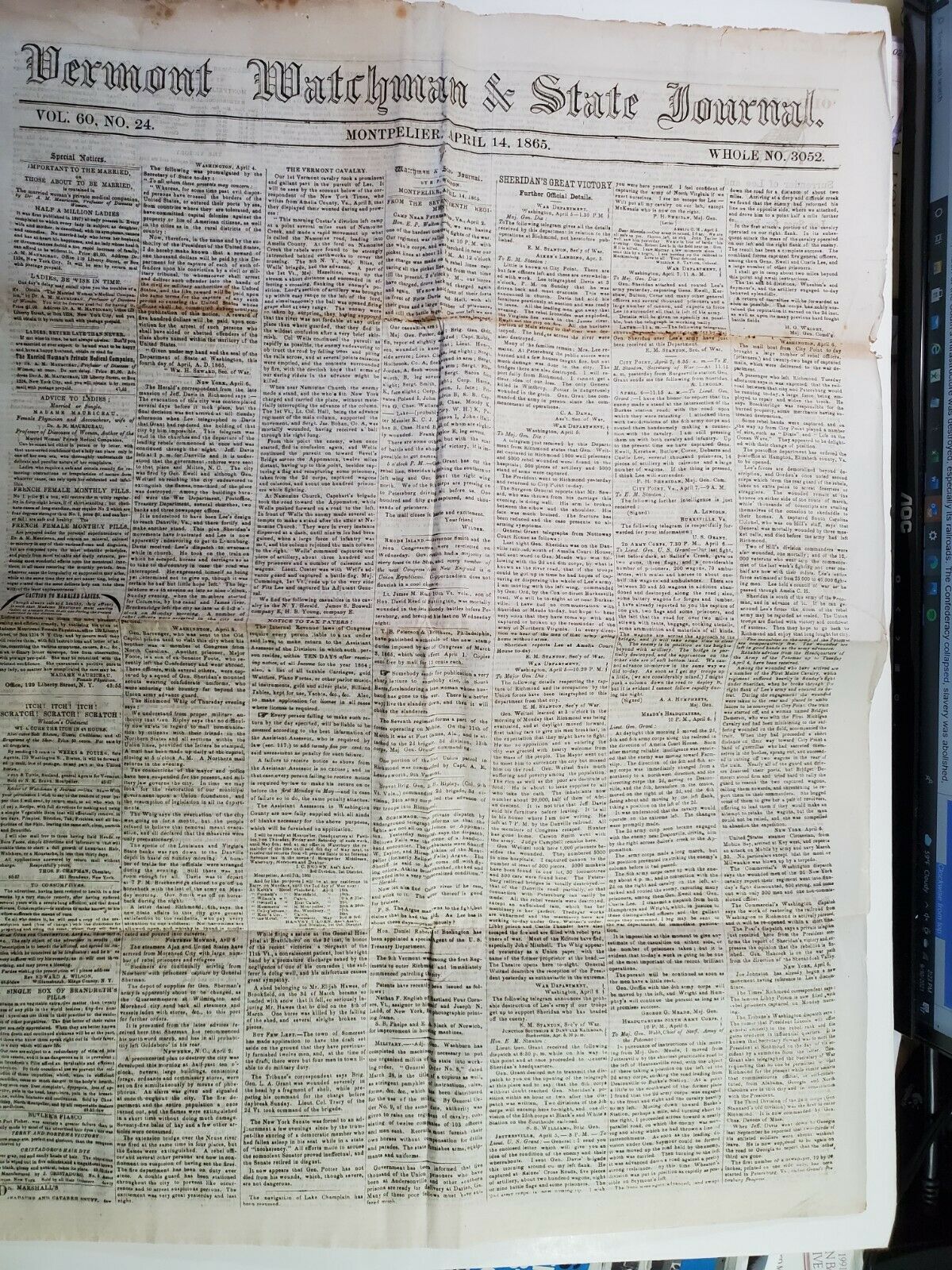-40%
1795 newspaper with Letters by GEORGE WASHINGTON to BALTIMORE MD & WILMINGTON DE
$ 39.6
- Description
- Size Guide
Description
1795 newspaper with Letters by GEORGE WASHINGTON to BALTIMORE MD & WILMINGTON DE1795 Baltimore, MD newspaper with printing of an exchange of letters
between PRESIDENT GEORGE WASHINGTON and the citizens of BALTIMORE MD & WILMINGTON Delaware
regarding the JAY TREATY
- inv # 7Q-237
Please visit our
EBAY STORE
for THOUSANDS MORE HISTORICAL NEWSPAPERS for SALE or at auction
SEE PHOTO(s) - COMPLETE ORIGINAL NEWSPAPER, the
Federal Intelligencer and Baltimore Daily Gazette
(MD) dated Aug 17, 1795. This original newspaper contains an inside page printing of exchange of letters between President GEORGE WASHINGTON and the cities of Baltimore, MD and Wilmington, Delaware. These letters are in reference to the newly negotiated and very controversial
JAY TREATY
between the US and Great Britain
.
The Treaty of Amity, Commerce, and Navigation, Between His Britannic Majesty and the United States of America, commonly known as the Jay Treaty, and also as Jay's Treaty, was a 1794 treaty between the United States and Great Britain that averted war, resolved issues remaining since the Treaty of Paris of 1783 (which ended the American Revolutionary War), and facilitated ten years of peaceful trade between the United States and Britain in the midst of the French Revolutionary Wars, which began in 1792. The Treaty was designed by Alexander Hamilton and supported by President George Washington. It angered France and bitterly divided Americans. It inflamed the new growth of two opposing parties in every state, the pro-Treaty Federalists and the anti-Treaty Jeffersonian Republicans.
The Treaty was negotiated by John Jay and gained many of the primary American goals. This included the withdrawal of British Army units from forts in the Northwest Territory that it had refused to relinquish under the Paris Peace Treaty. The British were retaliating for the United States reneging on Articles 4 and 6 of the 1783 treaty; American state courts impeded the collection of debts owed British creditors and upheld the continued confiscation of Loyalist estates in spite of an explicit understanding that the prosecutions would be immediately discontinued. The parties agreed that disputes over wartime debts and the American–Canadian boundary were to be sent to arbitration—one of the first major uses of arbitration in modern diplomatic history. This set a precedent used by other nations. The Americans were granted limited rights to trade with British colonies in the Caribbean in exchange for some limits on the American export of cotton.
The Jay treaty was signed on November 19, 1794, and submitted to the United States Senate for its advice and consent the following June. It was ratified by the Senate on June 24, 1795, by a two-thirds majority vote of 20–10 (exactly the minimum number necessary for concurrence). It was also ratified by the British government, and took effect February 29, 1796, the day when ratifications were officially exchanged.
The treaty was hotly contested by Jeffersonians in each state. An effort was made to block it in the House, which ultimately failed. The Jeffersonians feared that closer economic or political ties with Great Britain would strengthen Hamilton's Federalist Party, promote aristocracy, and undercut republicanism. This debate crystallized the emerging partisan divisions and shaped the new "First Party System", with the Federalists favoring the British and the Jeffersonian republicans favoring France. The treaty was for ten years' duration. Efforts failed to agree on a replacement treaty in 1806 when Jefferson rejected the Monroe–Pinkney Treaty, as tensions escalated toward the War of 1812.
Good condition. This listing includes the complete entire original newspaper, NOT just a clipping or a page of it. STEPHEN A. GOLDMAN HISTORICAL NEWSPAPERS stands behind all of the items that we sell with a no questions asked, money back guarantee. Every item we sell is an original newspaper printed on the date indicated at the beginning of its description. U.S. buyers pay priority mail postage which includes waterproof plastic and a heavy cardboard flat to protect the purchased item from damage in the mail. Upon request by the buyer, we can ship by USPS Media Mail to reduce postage cost; however, please be aware that USPS Media Mail can be very slow in its time of transit to the buyer. International postage is quoted when we are informed as to where the package is to be sent. We do combine postage (to reduce postage costs) for multiple purchases sent in the same package.
We list thousands of rare newspapers with dates from 1570 through 2004 on Ebay each week. This is truly SIX CENTURIES OF HISTORY that YOU CAN OWN!
Stephen A. Goldman Historical Newspapers has been in the business of buying and selling historical newspapers for over 50 years. Dr. Goldman is a consultant to the Freedom Forum Newseum and a member of the American Antiquarian Society. You can buy with confidence from us, knowing that we stand behind all of our historical items with a 100% money back guarantee. Let our 50+ years of experience work for YOU ! We have hundreds of thousands of historical newspapers (and their very early precursors) for sale.
Stephen A. Goldman Historical Newspapers
has been in the business of buying and selling historical newspapers for over 50 years. We are located in the charming Maryland Eastern Shore town of OXFORD, Maryland.
Dr. Goldman is a consultant to the Freedom Forum Newseum and a member of the American Antiquarian Society. You can buy with confidence from us, knowing that we stand behind all of our historical items with a 100% money back guarantee. Let our 50+ years of experience work for YOU ! We have hundreds of thousands of historical newspapers (and their very early precursors) for sale.
We invite customer requests for historical newspapers that are not yet located in our extensive Ebay listing of items. With an inventory of nearly a million historical newspapers (and their early precursors) we are likely have just the one
YOU
are searching for.
WE ARE ALSO ACTIVE BUYERS OF HISTORICAL NEWSPAPERS, including large and small personal collections, bound volumes, significant individual issues, or deaccessions from libraries and historical societies. IF YOU WANT TO SELL, WE WANT TO BUY !!!
Powered by SixBit's eCommerce Solution

















